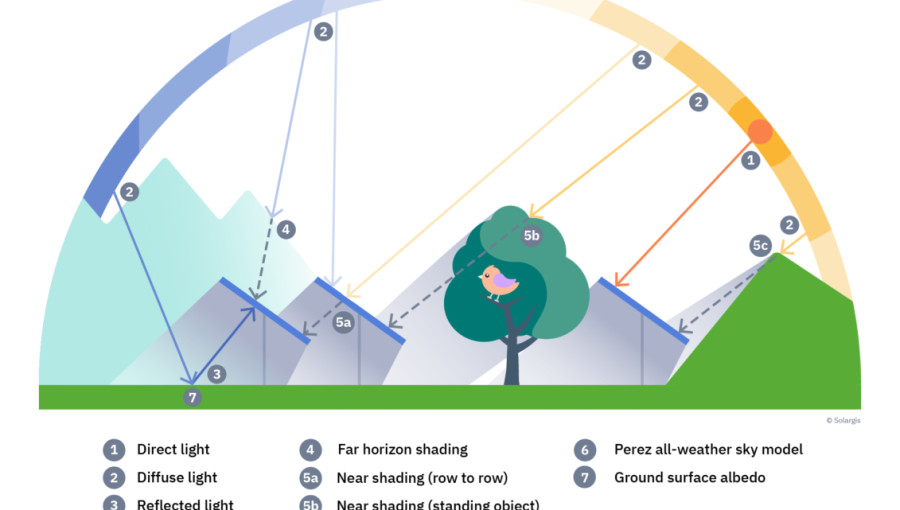As solar energy becomes increasingly integral to the global energy landscape, selecting the right photovoltaic (PV) consultant and data provider is essential. The stakes are high—errors in project development can heavily impact both performance and returns. Reliable solar resource and meteorological data are paramount for project success. However, evaluating potential partners can be challenging without a deep understanding of geoscience and engineering. High-quality data sources, particularly those validated against ground measurements and developed through robust physical modeling, are crucial for achieving accurate project predictions and ensuring operational efficiency.
When assessing potential consultants and data providers, setting strict criteria is vital. Many datasets in use today are based on composites from various sources, which might seem credible but lack validation against real-world measurements. The most reliable datasets are those derived from physical modeling, utilizing satellite and atmospheric data to generate high-resolution time series that effectively illustrate local climate dynamics. Avoid datasets that rely solely on empirical correlations or synthetic aggregation methods, as these often fail to reflect actual conditions.
Furthermore, the relevance of short-term solar fluctuations can greatly influence equipment sizing and performance assessment. Aggregated data that presents averages over longer periods can mask critical short-term variations, potentially leading to system inefficiencies or even damage. Thus, obtaining data with high temporal resolution—such as 1- or 15-minute intervals—is recommended to fully understand how specific environmental conditions affect project performance.
Access to a comprehensive long-term dataset is integral for accurately forecasting and modeling project outcomes over its lifespan. A record spanning 20–30 years is ideal to discern long-term trends and variability, especially given the increasing frequency of extreme weather events attributed to climate change. As societal factors influencing atmospheric conditions continue to evolve, long-duration data remains crucial for future planning and monitoring of PV plants.
Post-commissioning, it is important for operators to compare ongoing ground measurements with data obtained during development. This alignment helps identify performance issues and verify project integrity. However, this is only feasible with datasets that are transparent, consistently updated, and based on scientific principles. Datasets that are one-off creations or rely on arbitrary adjustments pose considerable risks, making it difficult to validate assumptions made during project design.
A consultant’s skill set and processes are just as important as the data itself; strong expertise in both solar and meteorological data methodologies is essential for credible advice. The industry has progressed significantly, demanding adaptability from consultants. Engaging providers who neglect to stay current with technological advancements may compromise project integrity.
Investors should approach data and consulting services with an eye for detail—vague justifications for data sources and unexplained tuning should raise concerns. In this landscape, quality data collection is relatively inexpensive compared to the overall costs of a PV project. Skimping on quality at this stage can lead to significant financial liabilities and project redesigns later on. Like constructing a building on unstable ground, initiating a solar project with unreliable data incurs serious risks.
Overall, whilst the allure of cutting costs in the PV development process might be tempting, it is critical to prioritize scientifically sound data and expert guidance for long-term success. A seasoned partner who utilizes validated, physics-based models is more likely to deliver projects that perform as expected, meet lending criteria, and yield reliable financial returns.

